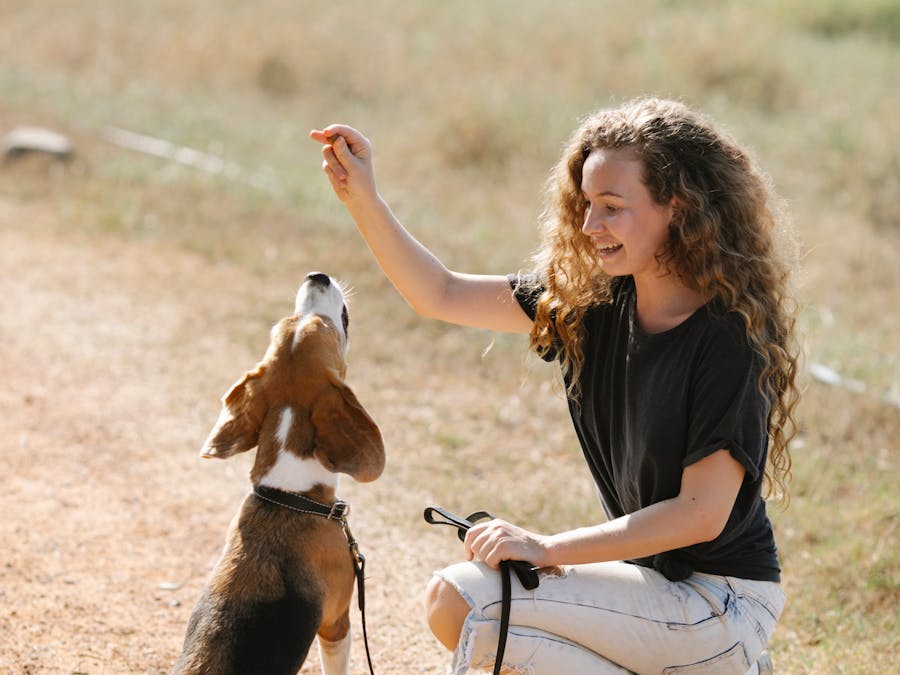 Piano Guidance
Piano Guidance
 Piano Guidance
Piano Guidance

 Photo: RODNAE Productions
Photo: RODNAE Productions
A lot of teachers and parents have the misconception that young kids can not read music and substitute other methods in order to get them playing the piano. Young kids can read music even as young as three or four.

Exposure to the right kind of music and sounds in these years helps to develop a higher IQ in the teenage years - this, in turn, helps the child to...
Read More »
While there are many ways to weave emotion into music, two of the simplest are tempo and key. Happy tunes mostly have fast tempos and major keys....
Read More »A lot of teachers and parents have the misconception that young kids can not read music and substitute other methods in order to get them playing the piano. Young kids can read music even as young as three or four. Waiting to introduce reading widens the gap between reading level and playing level and often results in students resisting it. It also introduces a new habit that they haven’t been expected to do before. Kids like routine and won’t see the point in doing something in a completely different way than they did before especially if it feels harder. It IS easier to learn by rote and memorize but not having good reading skills limits the amount of music players can play to what they can hold in their memory. It also limits their ability to play new music right away and jog the memory of old pieces. Memorizing the system of reading allows access to an unlimited number of pieces. Building reading skills gradually from the beginning is much easier and more effective than waiting. That being said, four year olds have challenges in learning to read music that older kids don’t usually have. Finding out WHY a student is struggling is the key to over coming obstacles. When the underlying cause of the difficulty is misdiagnosed, teachers and parents often conclude that young students can’t read music. These are two reasons that I hear frequently: Misconception #1: If they are not reading words yet, they won’t be able to read music. One of the advantages in the beginning stages of reading music is that you only need to be able to recognize letters A-G. Most young kids can do this long before they are able to put words together or string words into sentences. As piano music gets more difficult, recognizing patterns will be necessary but in the very beginning it is mainly straight note-recognition. Misconception #2: The music print is too small for their eyes to read. Unless they have a vision impairment, the ability to clearly see small things shouldn’t be an issue by toddler age. The difficulty that often trips young ones up is actually not seeing lines and spaces as individual things or as different from one another. (We’ll cover this below.) Using jumbo staff paper to WRITE on is a good idea because they are still developing dexterity which can make drawing small or detailed things challenging. I don’t usually recommend starting before age four for other reasons such as focusing ability, dexterity and ability to understand concepts.

Here are Pianist's 8 tips on how to get rid of nerves before your piano exam. Be prepared. ... Avoid over-practising on the day. ... Remember why...
Read More »
No, Simply Piano by JoyTunes is not a scam. You will learn how to read notes, play some pop songs and classical pieces, read chords, understand...
Read More »
CAN YOU LEARN PIANO ON A KEYBOARD? Yes, learning piano on a keyboard is possible. The layout of keys is identical on both instruments.
Read More »
Here are 5 such sounds: Silence. Well, this one seems like a no-brainer. ... White noise. First of all, white noise has absolutely nothing to do...
Read More »
Steinway upright piano Lennon composed his biggest solo hit ""Imagine"" on a Steinway upright piano.
Read More »
If you're someone who already takes lessons and you're just looking for additional help with learning songs, Flowkey would be a great thing to add....
Read More »
Digital pianos last between 20 – 50 years. High-end digital pianos are built better structurally. They use better electrical parts, solid plastic,...
Read More »
You are never too old and it is never too late to start learning the violin. While learning the violin can be a lot of fun at any age, there are...
Read More »